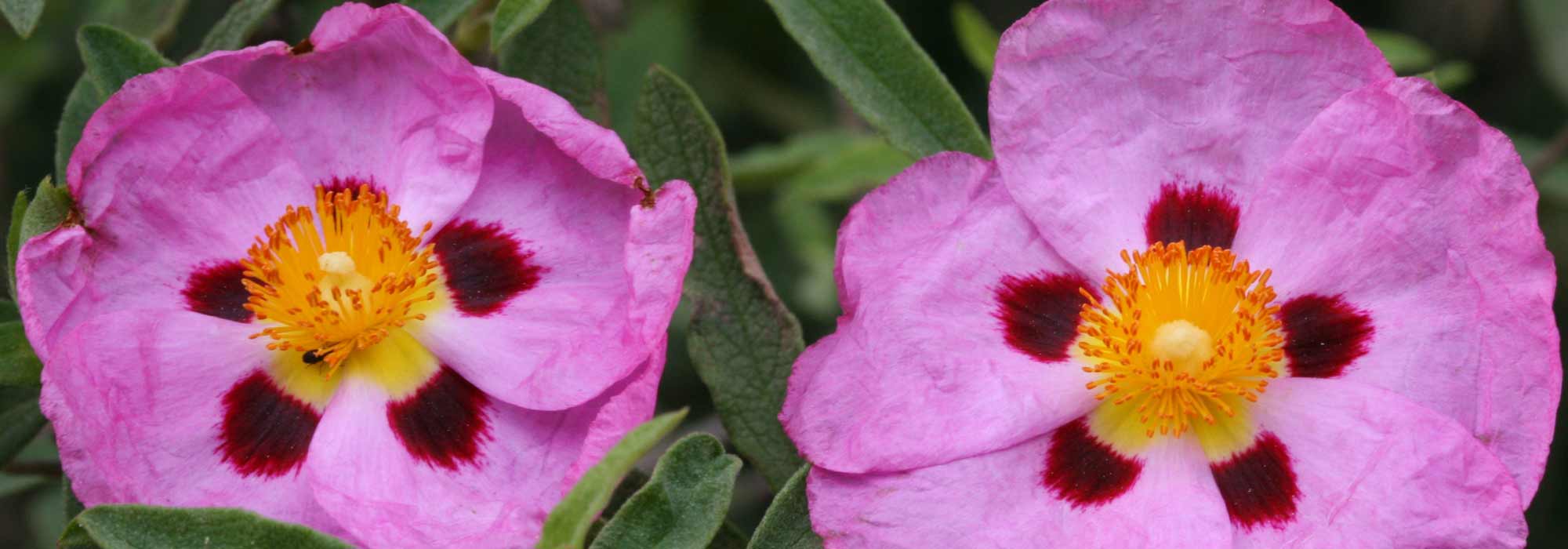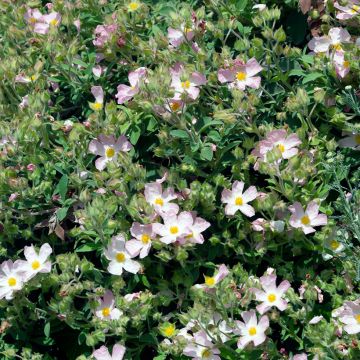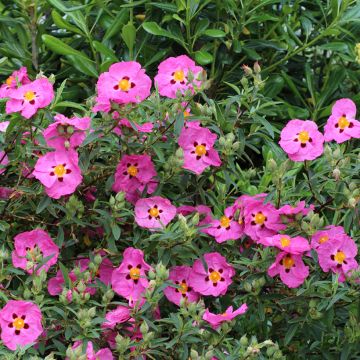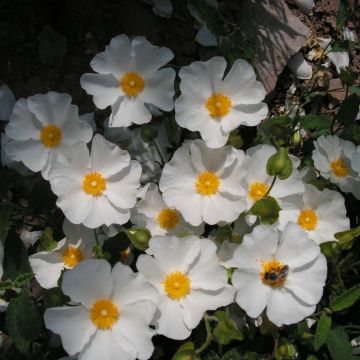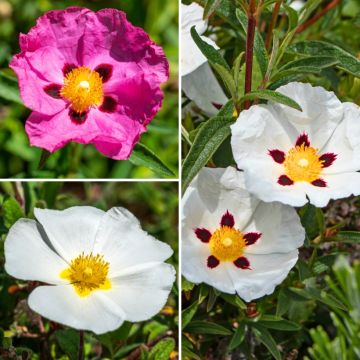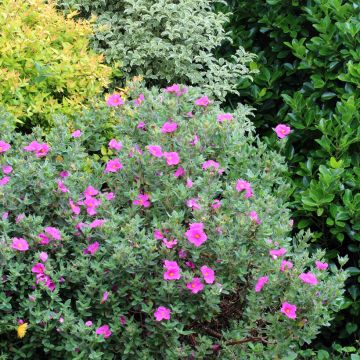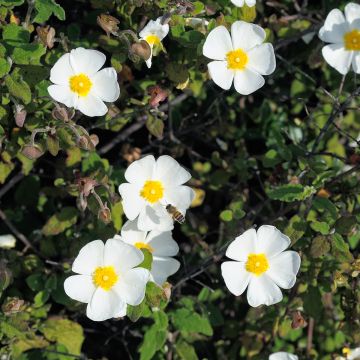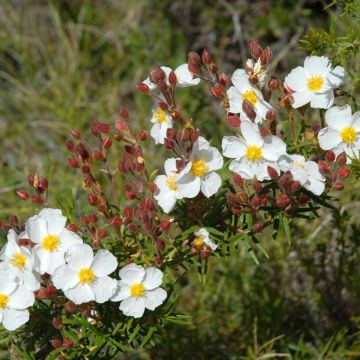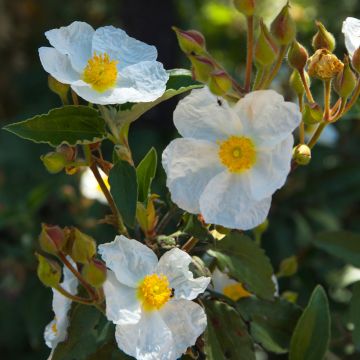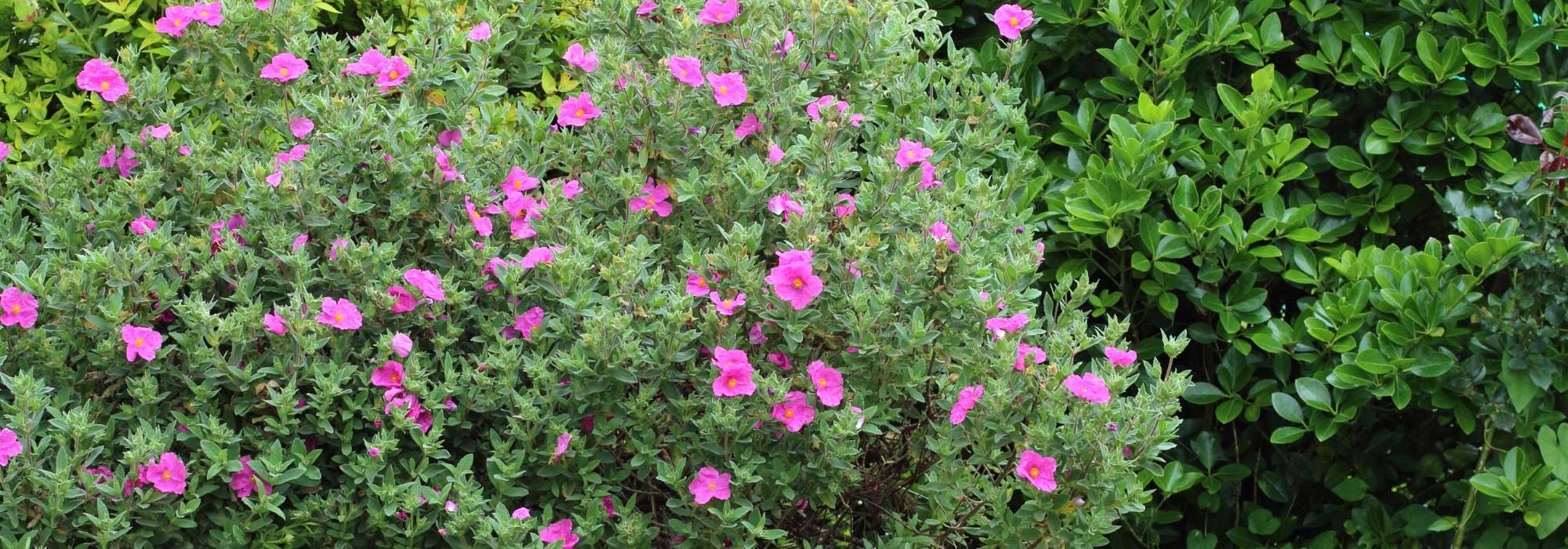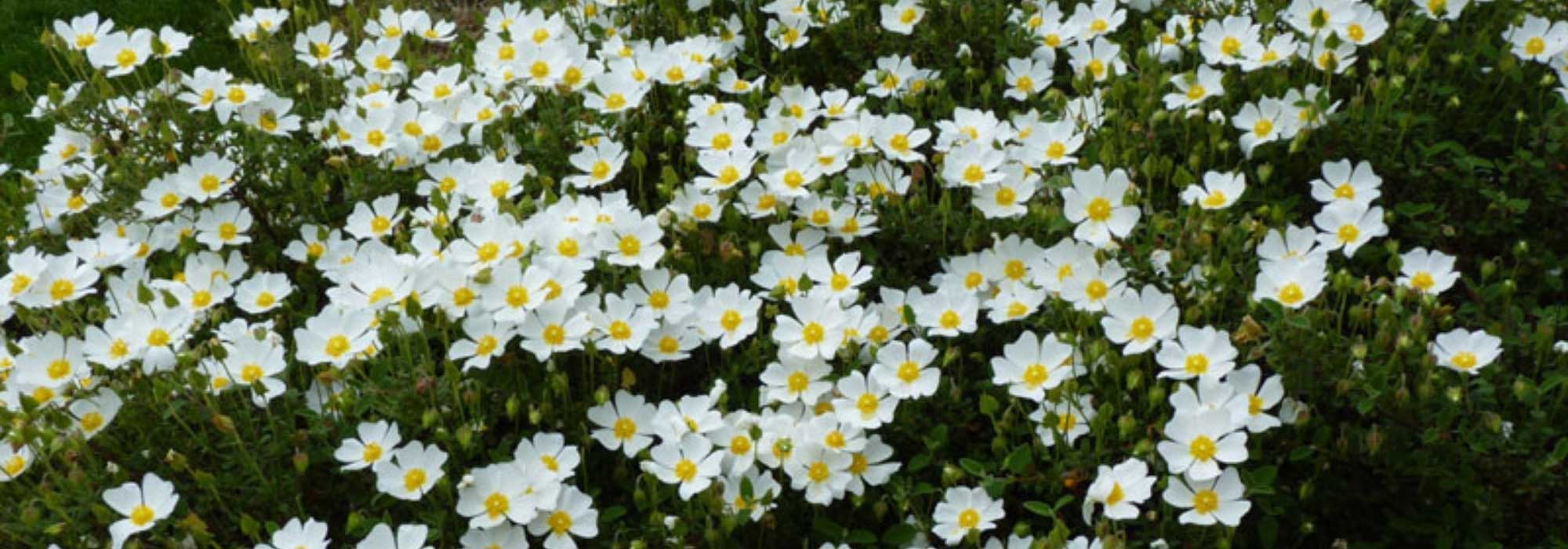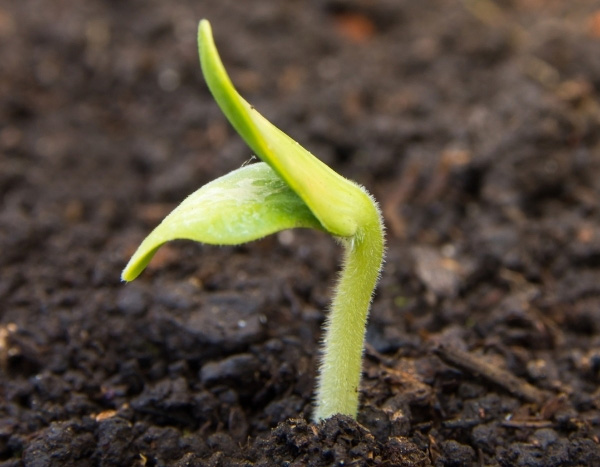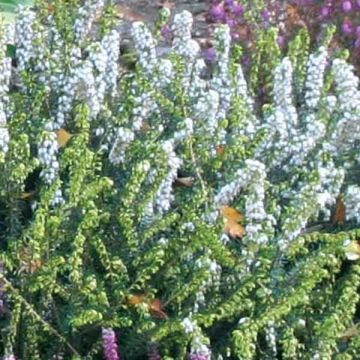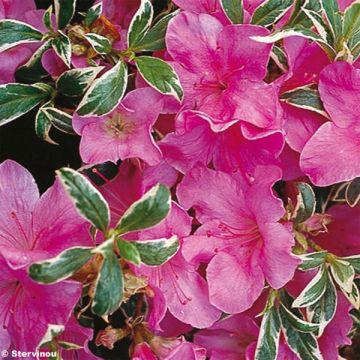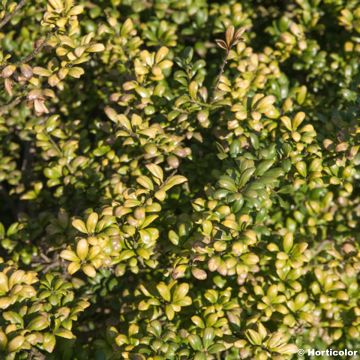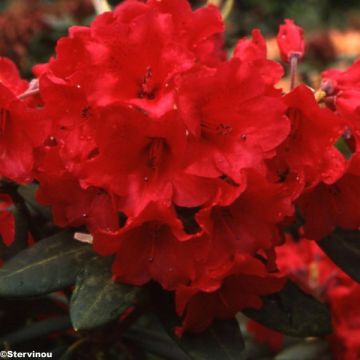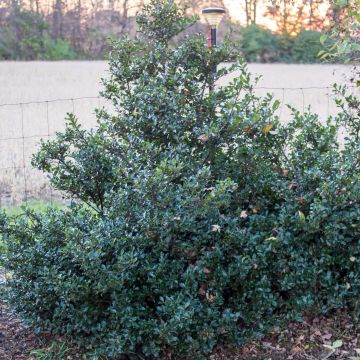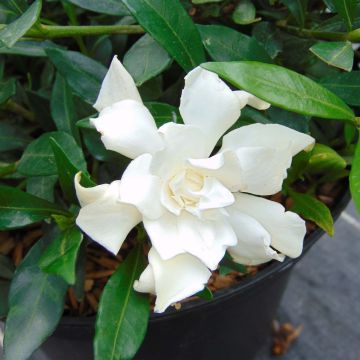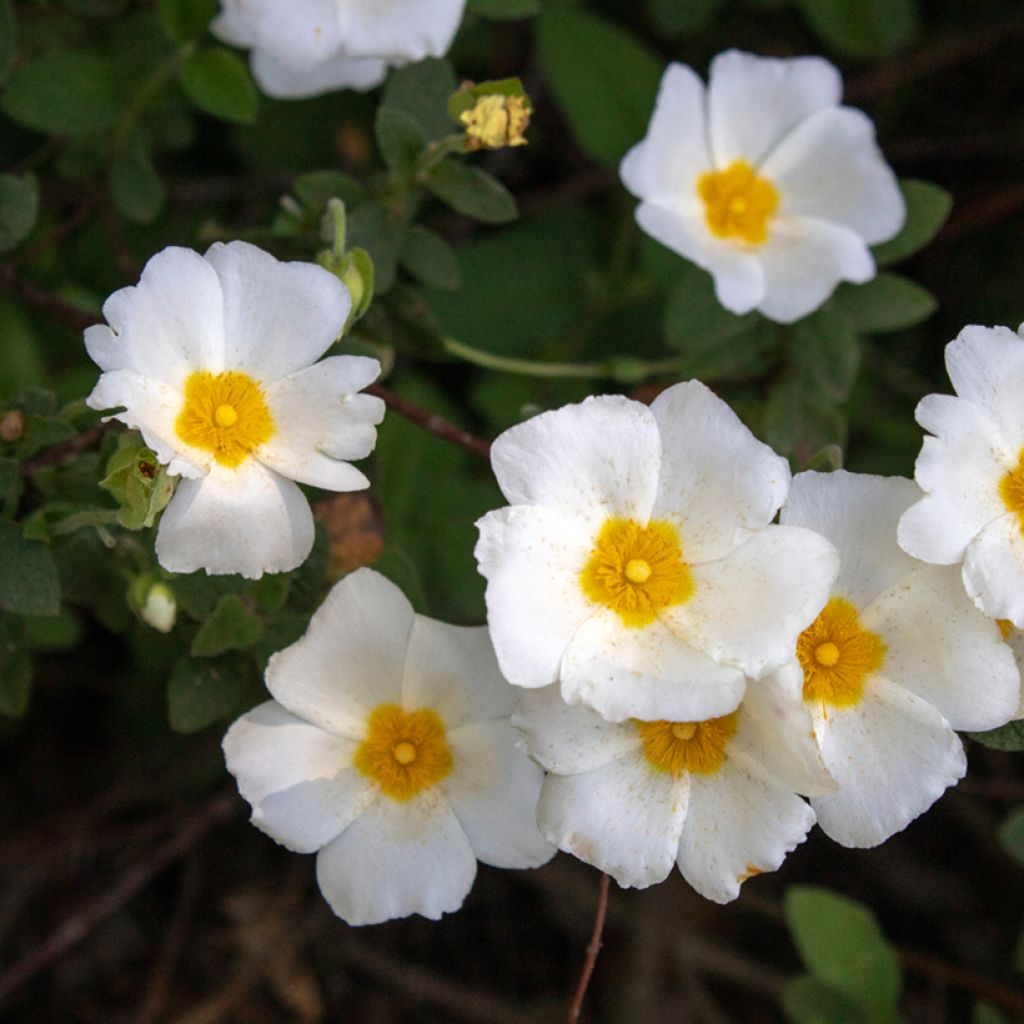

Cistus salviifolius - Rockrose
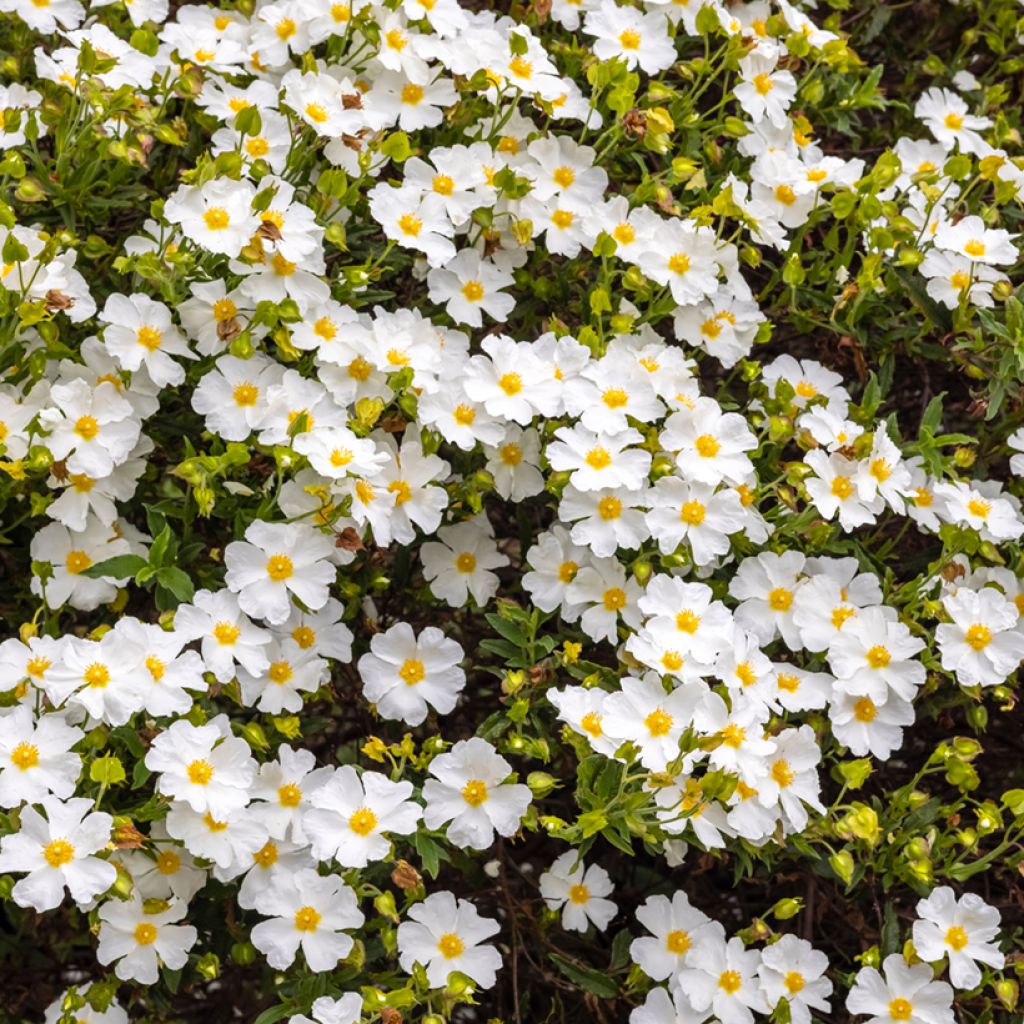

Cistus salviifolius - Rockrose
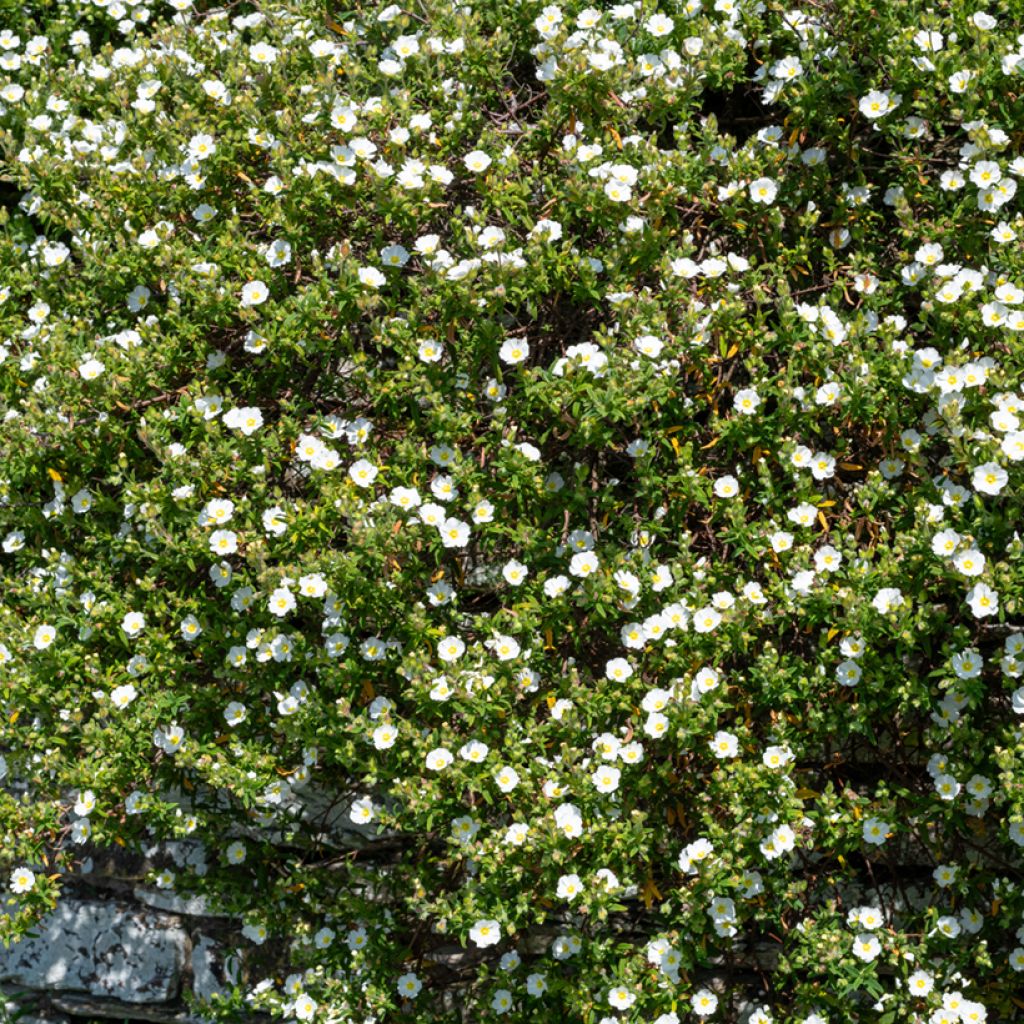

Cistus salviifolius - Rockrose
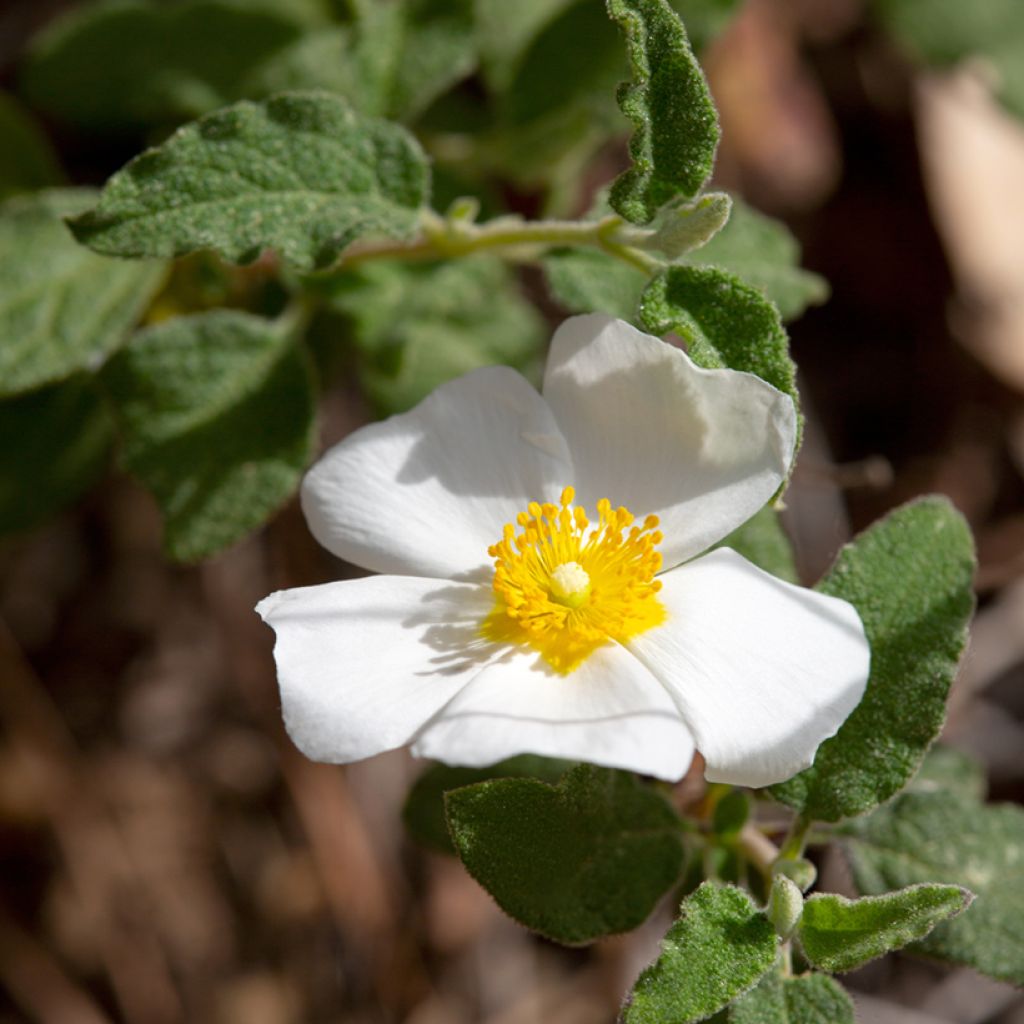

Cistus salviifolius - Rockrose
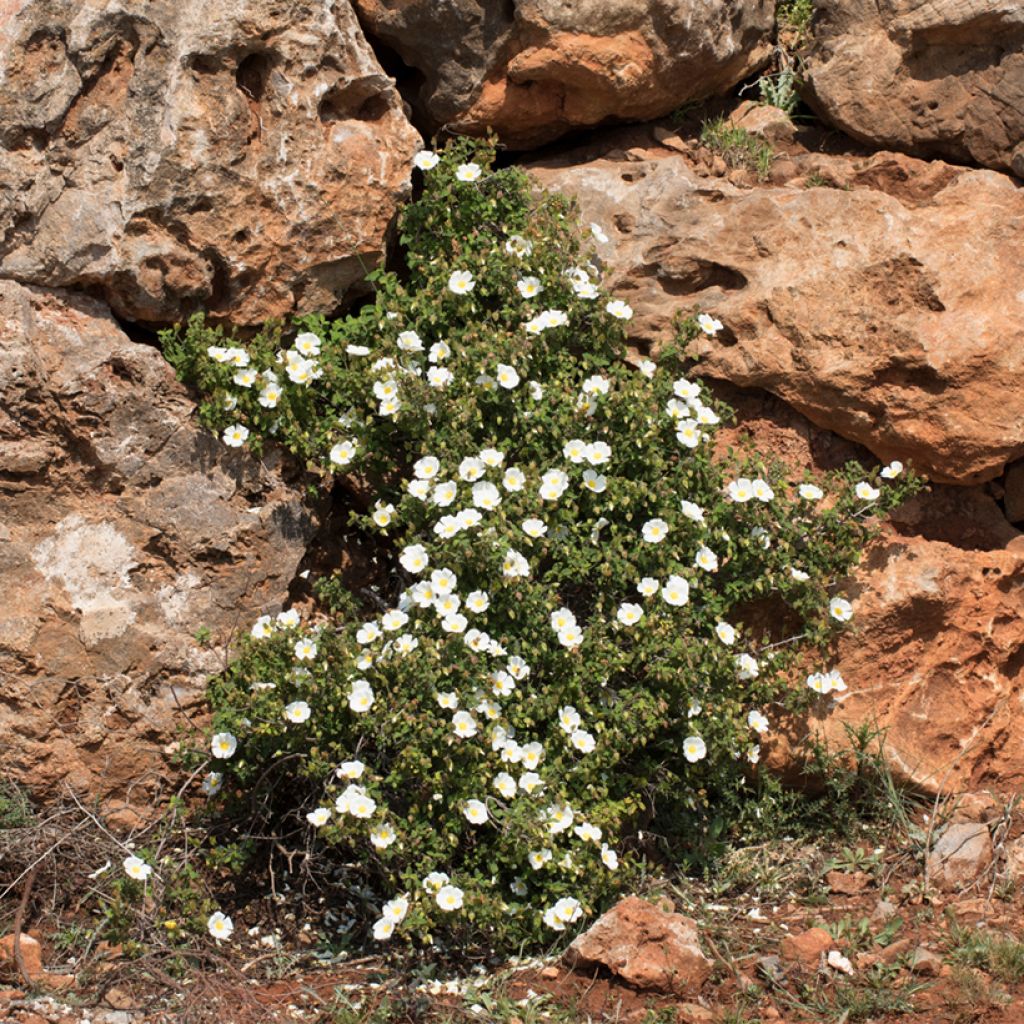

Cistus salviifolius - Rockrose
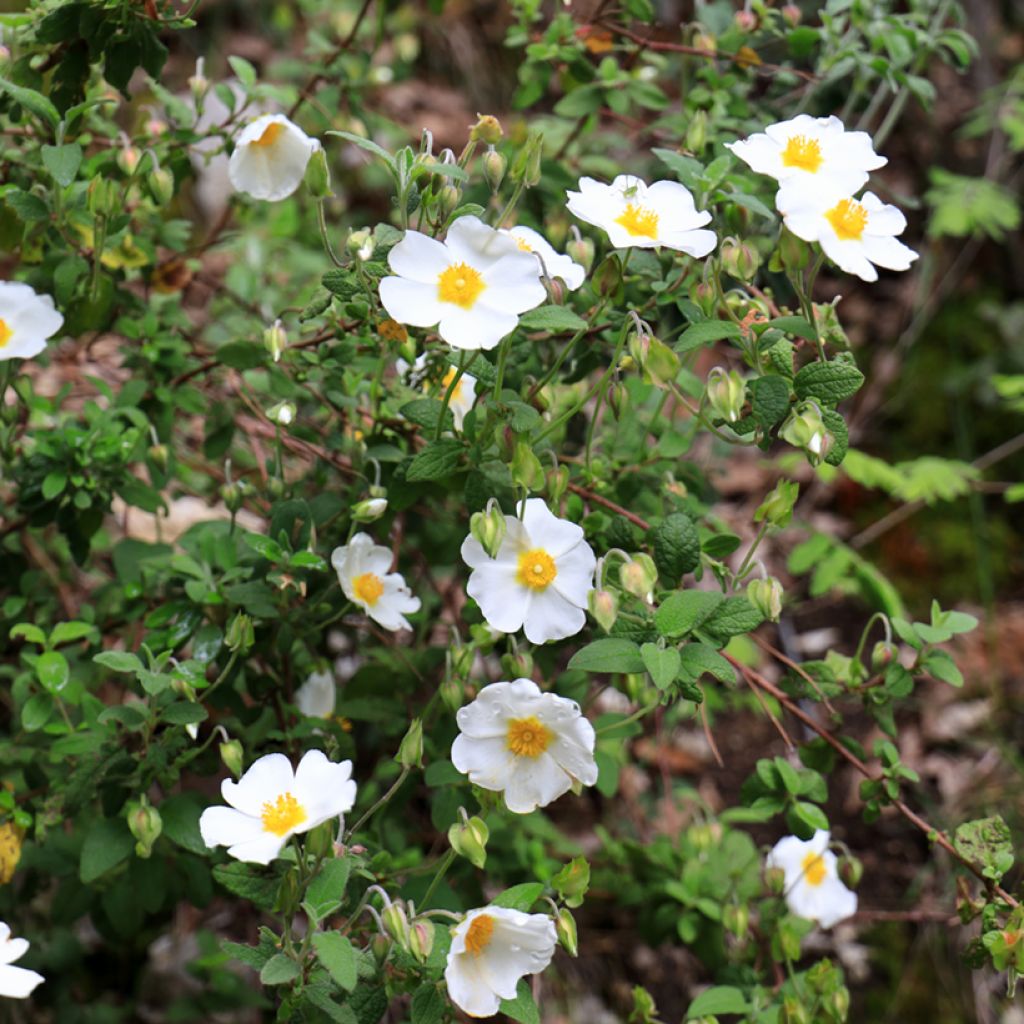

Cistus salviifolius - Rockrose
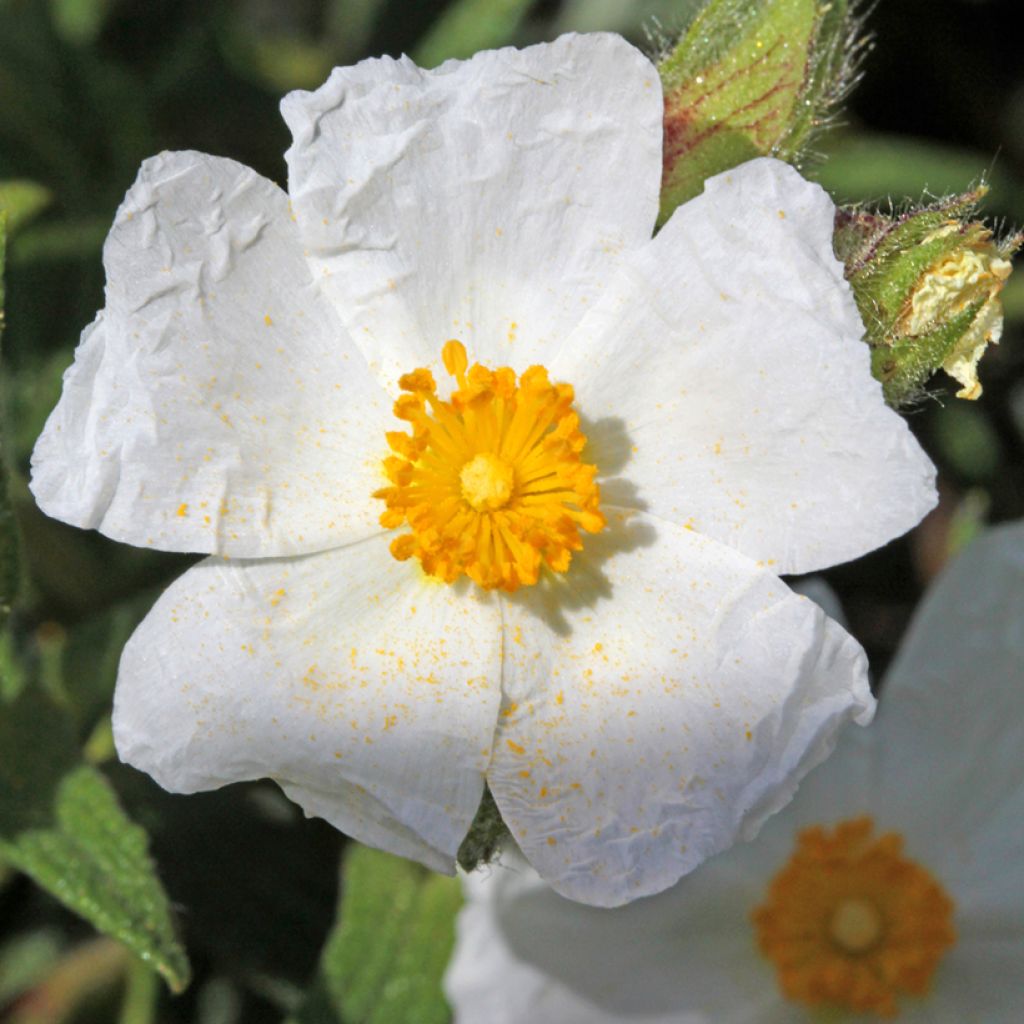

Cistus salviifolius - Rockrose


Cistus salviifolius - Rockrose
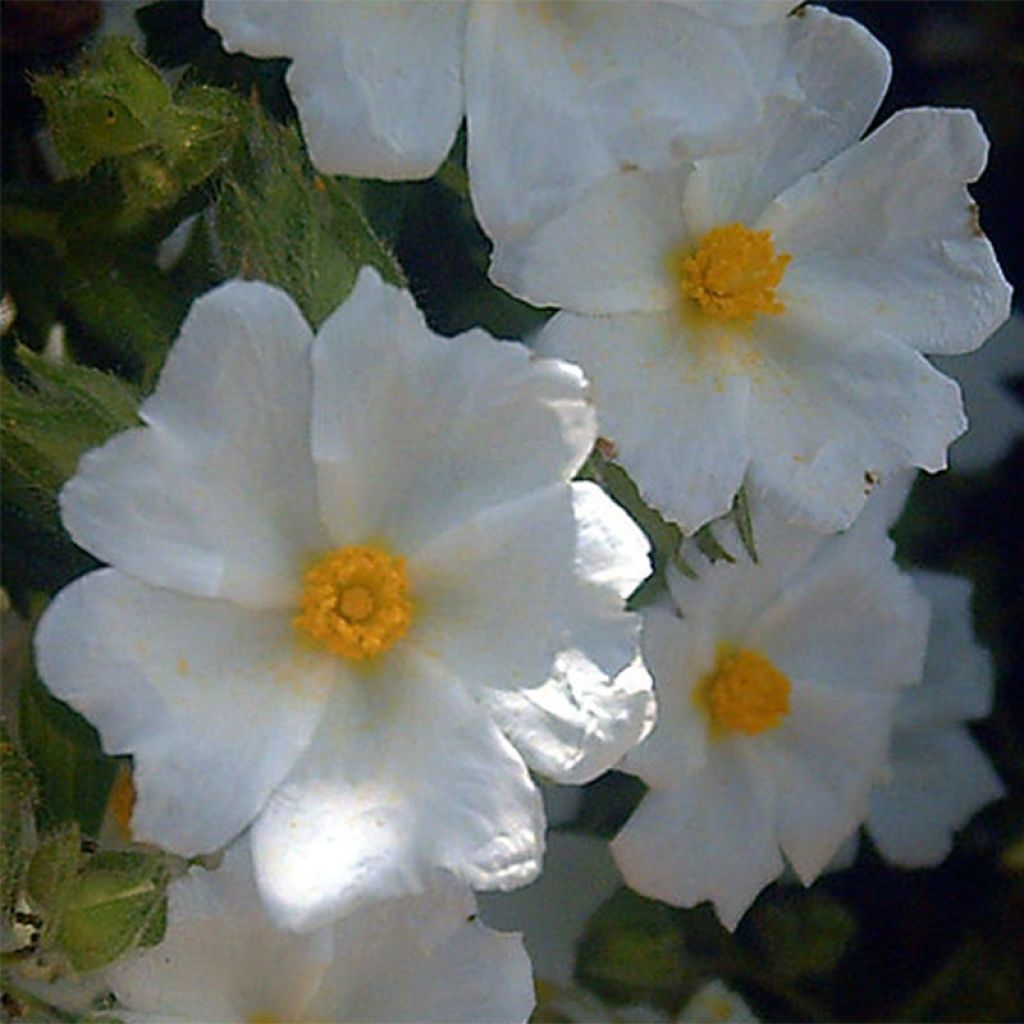

Cistus salviifolius - Rockrose
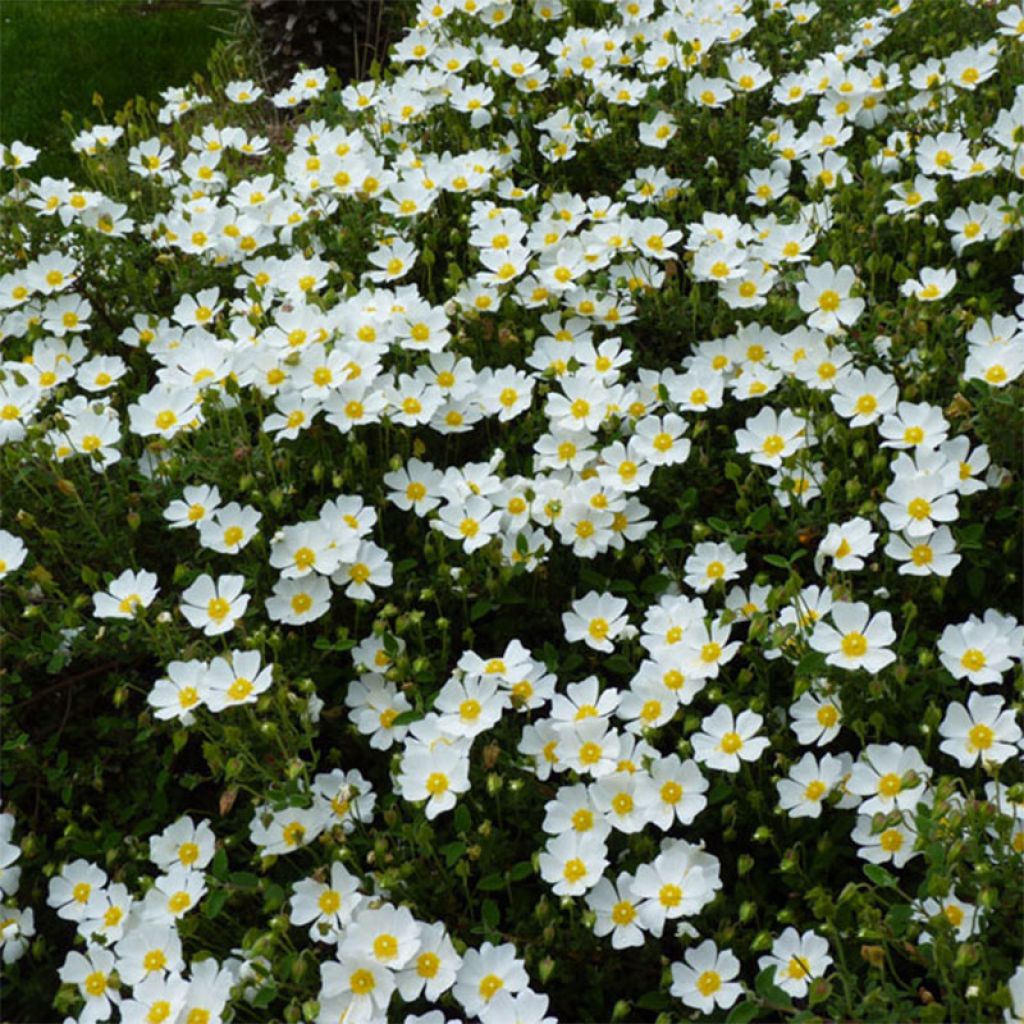

Cistus salviifolius - Rockrose
Cistus salviifolius - Rockrose
Cistus salviifolius
Sage-leaved Rockrose, Gallipoli Rose
Upon delivery, a beautiful young plant in a container, I hope it will live up to its promise over time.
Michel, 12/09/2023
Special offer!
Receive a €20 voucher for any order over €90 (excluding delivery costs, credit notes, and plastic-free options)!
1- Add your favorite plants to your cart.
2- Once you have reached €90, confirm your order (you can even choose the delivery date!).
3- As soon as your order is shipped, you will receive an email containing your voucher code, valid for 3 months (90 days).
Your voucher is unique and can only be used once, for any order with a minimum value of €20, excluding delivery costs.
Can be combined with other current offers, non-divisible and non-refundable.
Home or relay delivery (depending on size and destination)
Schedule delivery date,
and select date in basket
This plant carries a 24 months recovery warranty
More information
We guarantee the quality of our plants for a full growing cycle, and will replace at our expense any plant that fails to recover under normal climatic and planting conditions.

Would this plant suit my garden?
Set up your Plantfit profile →
Description
Cistus salviifolius, also known as Sage-leaved Rock-rose, is a relatively hardy botanic species, withstanding temperatures as low as -12° C to -15° C (10.4° F to 5° F). It shows good tolerance to shaded exposures, even in a dry undergrowth with a soil populated with roots. This elegant shrub shows highly ramified growth, forming a spreading dense ball-shaped habit. It bears small, rough, evergreen leaves, of a dark greyish green. In spring, it produces soft, ivory-white flowers reminiscent of wild roses.
Cistus salviifolius belongs to the Cistaceae family. It is native to the Mediterranean basin and the Caucasus and shows a fairly variable aspect in nature. It is a small ramified bush that will reach 90 cm to 1 m ((2.9 ft to 3.3 ft) in height, with a spread of 1.1 m to 1.2 m (3.6 ft to 3.9 ft), or more on mature subjects. Its growth is quite slow. The plant ages relatively well and lasts 10 to 12 years. Flowering takes place in spring or early summer (from April to June) depending on the climate, and lasts about a month. The almost white flowers, in well-opened round corollas, measure 4 cm to 5 cm (1.6 in to 2 in) in diameter, and are enhanced at the heart by numerous bright yellow stamens. They only live for a day, covering the ground with their petals in the late afternoon, but will already be replaced the next morning. The evergreen foliage is composed of leaves that resemble those of officinal sage. They are rounded, strongly wrinkled and deeply veined, with a light fuzz on the surface, and of a fairly dark greenish-grey colour.
This charming shrub for poor soils can be used in beds, rockeries, and on the edge of clear undergrowth with Phlomis samia, periwinkles, Acanthes and Geranium macrorrhizum. It is perfectly adapted to drought and is resistant to sea spray. It will excel in a rocky or sandy garden, where few plants grow. Create an evergreen bed to accompany your rock-rose, by mixing the foliage and scents of lavenders, rosemarys, teucriums and thymes. Add Californian poppies, a creeping rose (Rosa Grouse) and dry terrain euphorbias for some dynamism in your compositions. You can plant it in well-drained ground almost anywhere. However, in cold regions, plant in containers. Ensure the pot is well-drained and water abundantly but carefully space each watering out, letting the substrate dry between two waterings.
Cistus salviifolius - Rockrose in pictures


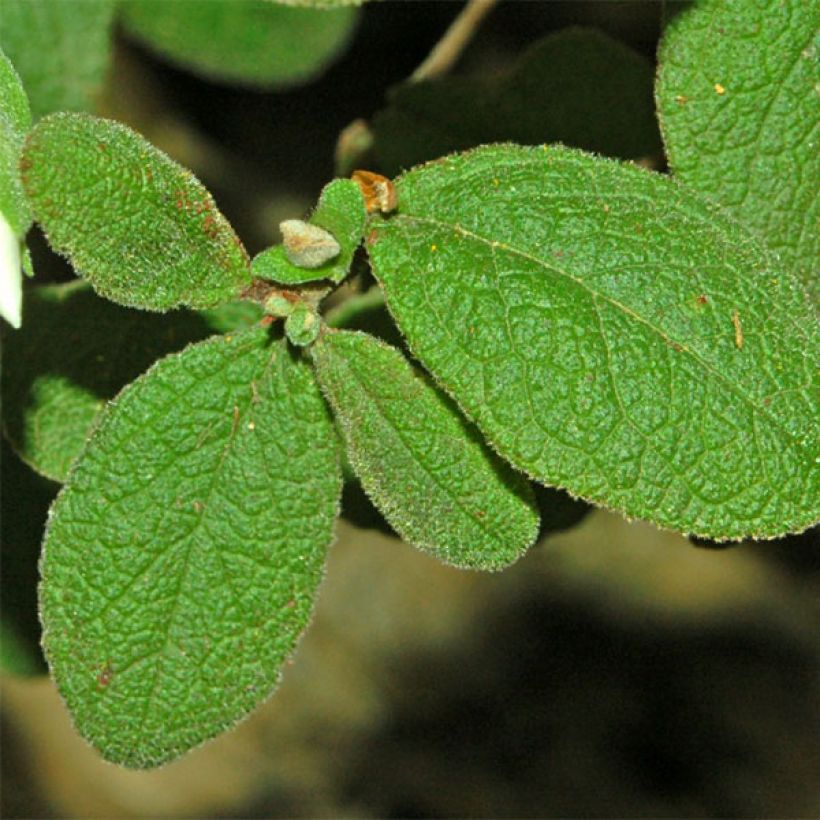

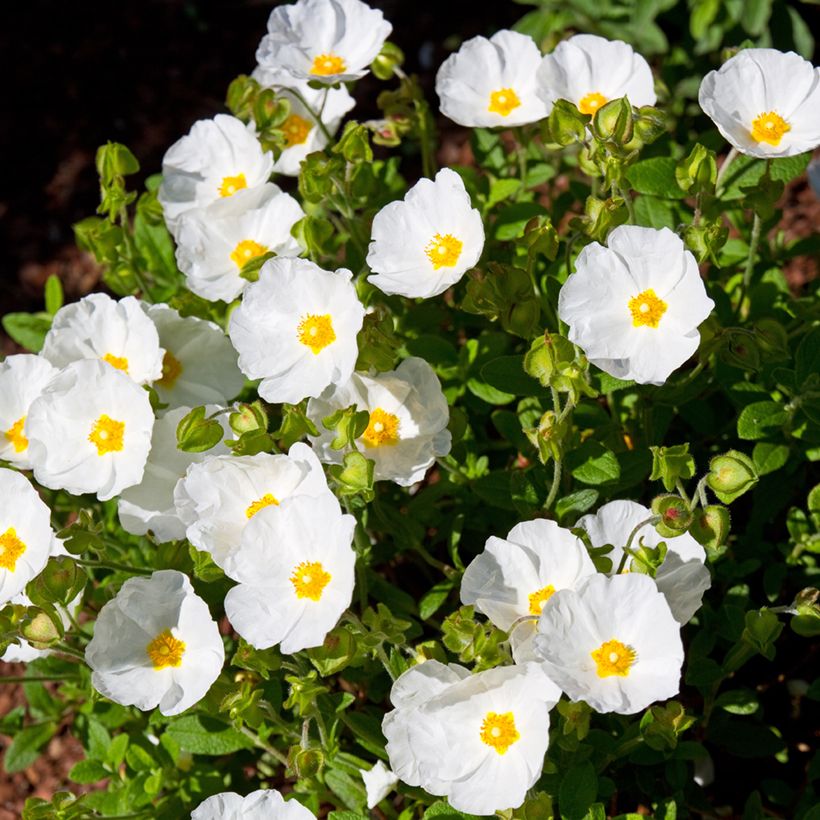

Plant habit
Flowering
Foliage
Botanical data
Cistus
salviifolius
Cistaceae
Sage-leaved Rockrose, Gallipoli Rose
Mediterranean
Other Cistus - Rockrose
View all →Planting and care
Cistus salviifolius requires perfectly drained, stony or sandy, poor, slightly acidic, neutral or even slightly calcareous soil. Plant it after the last frost in colder regions and in September-October in hot and dry climates. It thrives equally well in full sun, light shade, or even deeper shade in warm regions and tolerates competition from the roots of old trees. Under these conditions, it is hardy down to -12° C to -15° C (10.4° F to 5° F) and will live longer. Mulch it in winter in the coldest regions, and protect it from the cold as much as possible. Place it in a warm spot in the garden, in full sun or against a south-facing wall, in a stony or sandy embankment, in any substrate that does not retain moisture which would be fatal to it in winter, but also in summer which is its period of vegetative rest. The combination of heat and humidity leads to the development of a fungus that attacks the collar of the plant and will be fatal to it. Although not very sensitive to the presence of limestone, this variety may nevertheless show signs of chlorosis in heavy, waterlogged soil in winter; hence the importance of drainage. You can prune the stems after flowering to encourage the plant to branch out. Avoid severe pruning.
Planting period
Intended location
Care
Planting & care advice
-
, onOrder confirmed
Reply from on Promesse de fleurs
Similar products
Haven't found what you were looking for?
Hardiness is the lowest winter temperature a plant can endure without suffering serious damage or even dying. However, hardiness is affected by location (a sheltered area, such as a patio), protection (winter cover) and soil type (hardiness is improved by well-drained soil).

Photo Sharing Terms & Conditions
In order to encourage gardeners to interact and share their experiences, Promesse de fleurs offers various media enabling content to be uploaded onto its Site - in particular via the ‘Photo sharing’ module.
The User agrees to refrain from:
- Posting any content that is illegal, prejudicial, insulting, racist, inciteful to hatred, revisionist, contrary to public decency, that infringes on privacy or on the privacy rights of third parties, in particular the publicity rights of persons and goods, intellectual property rights, or the right to privacy.
- Submitting content on behalf of a third party;
- Impersonate the identity of a third party and/or publish any personal information about a third party;
In general, the User undertakes to refrain from any unethical behaviour.
All Content (in particular text, comments, files, images, photos, videos, creative works, etc.), which may be subject to property or intellectual property rights, image or other private rights, shall remain the property of the User, subject to the limited rights granted by the terms of the licence granted by Promesse de fleurs as stated below. Users are at liberty to publish or not to publish such Content on the Site, notably via the ‘Photo Sharing’ facility, and accept that this Content shall be made public and freely accessible, notably on the Internet.
Users further acknowledge, undertake to have ,and guarantee that they hold all necessary rights and permissions to publish such material on the Site, in particular with regard to the legislation in force pertaining to any privacy, property, intellectual property, image, or contractual rights, or rights of any other nature. By publishing such Content on the Site, Users acknowledge accepting full liability as publishers of the Content within the meaning of the law, and grant Promesse de fleurs, free of charge, an inclusive, worldwide licence for the said Content for the entire duration of its publication, including all reproduction, representation, up/downloading, displaying, performing, transmission, and storage rights.
Users also grant permission for their name to be linked to the Content and accept that this link may not always be made available.
By engaging in posting material, Users consent to their Content becoming automatically accessible on the Internet, in particular on other sites and/or blogs and/or web pages of the Promesse de fleurs site, including in particular social pages and the Promesse de fleurs catalogue.
Users may secure the removal of entrusted content free of charge by issuing a simple request via our contact form.
The flowering period indicated on our website applies to countries and regions located in USDA zone 8 (France, the United Kingdom, Ireland, the Netherlands, etc.)
It will vary according to where you live:
- In zones 9 to 10 (Italy, Spain, Greece, etc.), flowering will occur about 2 to 4 weeks earlier.
- In zones 6 to 7 (Germany, Poland, Slovenia, and lower mountainous regions), flowering will be delayed by 2 to 3 weeks.
- In zone 5 (Central Europe, Scandinavia), blooming will be delayed by 3 to 5 weeks.
In temperate climates, pruning of spring-flowering shrubs (forsythia, spireas, etc.) should be done just after flowering.
Pruning of summer-flowering shrubs (Indian Lilac, Perovskia, etc.) can be done in winter or spring.
In cold regions as well as with frost-sensitive plants, avoid pruning too early when severe frosts may still occur.
The planting period indicated on our website applies to countries and regions located in USDA zone 8 (France, United Kingdom, Ireland, Netherlands).
It will vary according to where you live:
- In Mediterranean zones (Marseille, Madrid, Milan, etc.), autumn and winter are the best planting periods.
- In continental zones (Strasbourg, Munich, Vienna, etc.), delay planting by 2 to 3 weeks in spring and bring it forward by 2 to 4 weeks in autumn.
- In mountainous regions (the Alps, Pyrenees, Carpathians, etc.), it is best to plant in late spring (May-June) or late summer (August-September).
The harvesting period indicated on our website applies to countries and regions in USDA zone 8 (France, England, Ireland, the Netherlands).
In colder areas (Scandinavia, Poland, Austria...) fruit and vegetable harvests are likely to be delayed by 3-4 weeks.
In warmer areas (Italy, Spain, Greece, etc.), harvesting will probably take place earlier, depending on weather conditions.
The sowing periods indicated on our website apply to countries and regions within USDA Zone 8 (France, UK, Ireland, Netherlands).
In colder areas (Scandinavia, Poland, Austria...), delay any outdoor sowing by 3-4 weeks, or sow under glass.
In warmer climes (Italy, Spain, Greece, etc.), bring outdoor sowing forward by a few weeks.






























